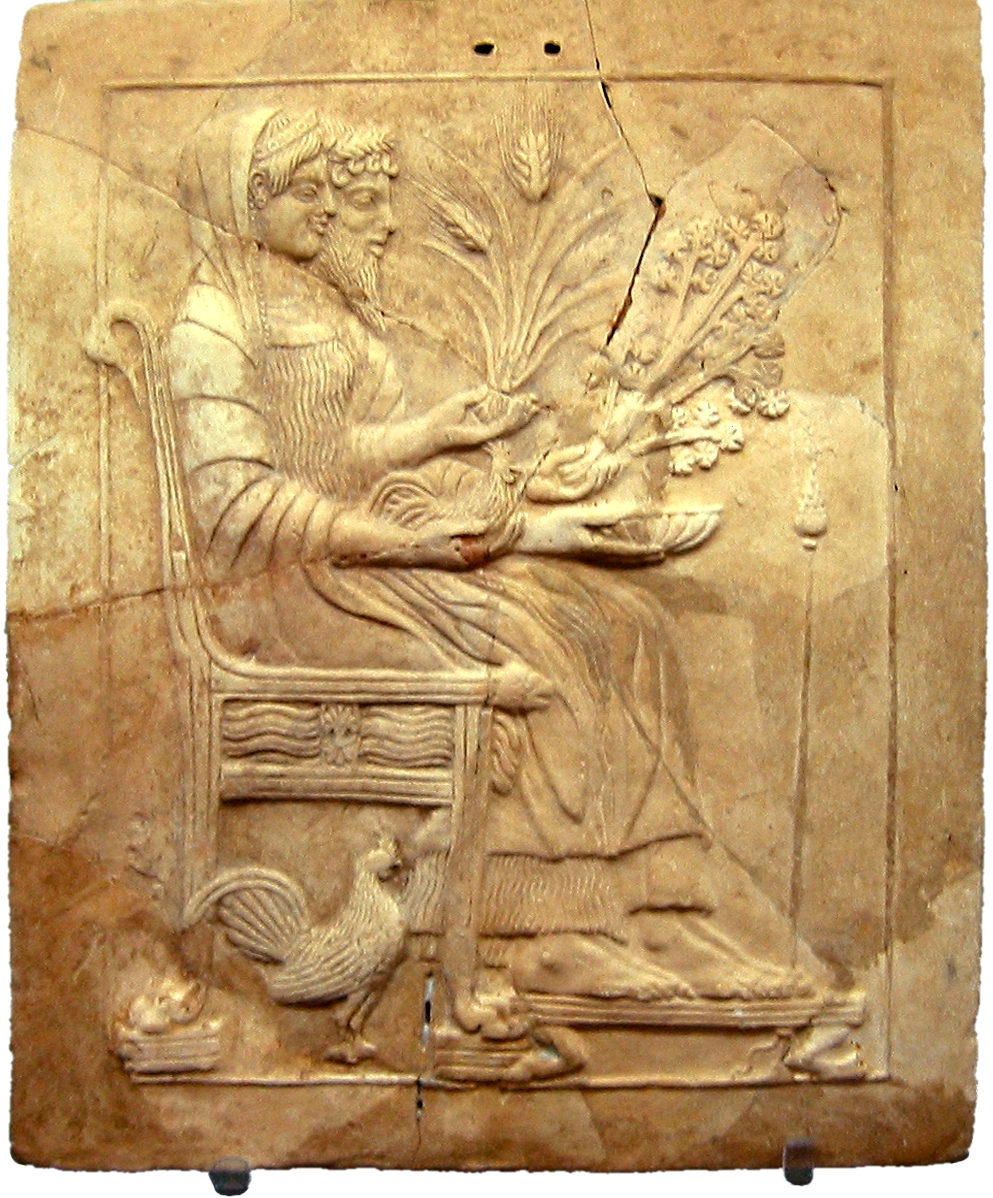Today is the feast day of the Madonna of the Advocate (Madonna dell'Avvocata) in Maiori, Costiera Amalfitana. She is one of the Seven Sisters, the famous Black Madonnas of Campania.
Madonna dell'Avvocata
"Madonna of the Advocate"
Monday after Pentecost
Website
Her sanctuary in Maiori was first conceived of in 1485, when a shepherd boy named Gabriele Cinnamo fell asleep while tending his flock on Monte Falerzio. He dreamed of the Madonna, who told him to build an altar in that location. Inspired by the dream, Cinnamo became a hermit and began raising funds to build the chapel.
In 1590, a small statue of the Madonna was brought into the church as a protector of the sailors from the surrounding coastal towns. Since then, many extraordinary events have been attributed to the statue, including it shedding tears, exorcising those possessed by demons, and curing those suffering from terminal illnesses. You can get a sense for the intense devotion directed at this Madonna in the video below. (As an aside: the hymn they are singing is very simple and perfect to learn, particularly if you plan to attend a festa in either Italy or an Italian-American parish in the US. I am posting the full lyrics below, but the only part you usually need to know is: "Evviva Maria, Maria evviva... Evviva Maria e chi la creò!")
O Maria, quanto sei bella,
sei la gioia e sei l’amore,
m’hai rapito questo cuore,
notte e giorno io penso a Te.
M’hai rapito questo cuore,
notte e giorno,
notte e giorno io penso a Te.
Evviva Maria, Maria evviva.
Evviva Maria e chi la creò.
Quando il sole già lucente,
le colline e il mondo indora,
quando a sera si scolora,
ti saluta il mio pensier,
quando a sera si scolora
ti saluta,
ti saluta il mio pensier.
Che pien di giubilo oggi t’onora.
Evviva Maria, Maria evviva.
Evviva Maria e chi la creò.
E un bel giorno in Paradiso,
Grideremo: Viva Maria!
Grideremo: Viva Maria!
Grideremo: Viva Maria,
Viva Lei che ci salvò.
Tutti t’invocano soccorritrice,
Evviva Maria, Maria evviva.
Evviva Maria e chi la creò!
But more specifically than this hymn, the Madonna of the Advocate is associated with a particular style of tammurriata drumming. For the reason, I feel especially close to her. She was perhaps the first of the Seven Sisters that I learned about from my music teacher, Alessandra Belloni, who told me stories about her: about how people would travel from around the countryside to come and make the pilgrimage up Monte Falerzio. How often, these people were in their 70s or 80s, but they still found the strength to make the pilgrimage up the mountain in bare feet!
In Alessandra's classes, she taught us the distinctive drumming pattern you see in the video below. In the two years I have trained with her, I have seen dozens of new students learn to drum tammurriata for the first time, and this is always the pattern they resonate with the most. It has a unique strength which recalls the wild retinue of the goddess Cybele. As a woman learning to drum, it breaks through whatever socialization has taught you to be quiet and unobtrusive. It is simply too wild and loud to allow such restrictions on the body to remain in place. In that way and many more, it is an important medicine for us.



